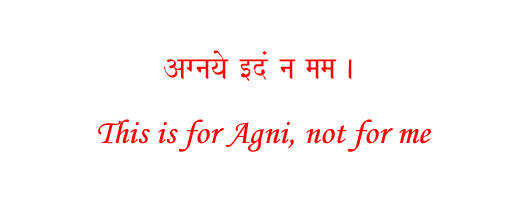
Posted on August 30, 2024 by admin
The ritual is the basic feature of the civilization and religions of India, so it is difficult to find out the extent of its influence on Hinduism, Jainism and Buddhism which are the religions originated in India. Ritual activity is physical activity and is therefore primarily related to the body unlike thinking or believing, which are mainly connected with the mind. Ritual affiliation is therefore determined by birth, and not by choice or preference.
Most of the Vedic rituals were primarily dedicated to Agni (fire- as God) and Soma. Agni was considerd as a God, divine messenger and intermediary .The offerings, primarily of clarified butter (ghee) were poured into Sacrificial fires installed on altars, and Agni transmitted them to the gods. Special libations were made of juice extracted from the stacks of the soma plant. Remnants of the offerings were consumed by the celebrants. The Ceremonies were accompanied by recitations from the Rgveda and chants from the Samaveda. It is belived that pressed juices unaccompanied by sacred hymns have no effect. The celebrations required the execution of multifarious activities distributed among priests from different Vedas, who officiated on behalf of, and for the benefit of a ritual patron, the Yajamana
One of the most elaborate of these Ceremonies was called Agnicayana, the “piling of Agni”, or, simply, Agni. This ritual originated around 1000 BC. During its performance, a large altar in the shape of a bird, dedicated to Agni and itself also called Agni, was piled from more than a thousand bricks.